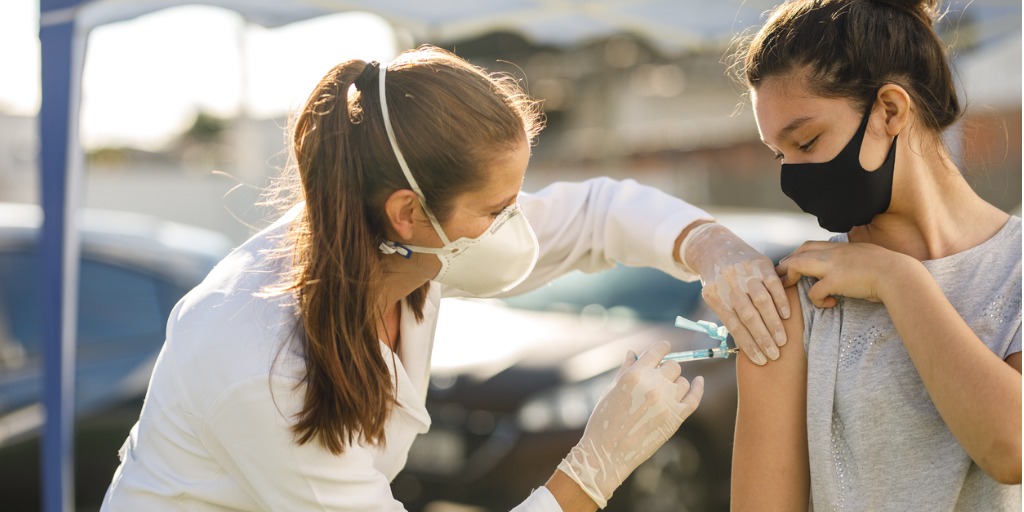Learn how AllWays Health Partners used geo-targeting to increase vaccination access for at-risk populations
In partnership with the Department of Public Health, AllWays Health Partners created a dashboard from geographical data to identify locations with low vaccination rates—and bring the vaccine directly to at-risk populations. Continue reading to hear from Christine Welch, Manager of Your Care Circle at AllWays Health Partners, to uncover how our team used real-time data to support our vaccination efforts.
Can you tell us how AllWays Health Partners was able to use geo-targeting to get people vaccinated?
We created a dashboard with data from the Massachusetts Immunization Information System (MIIS) through the Massachusetts Department of Public Health. The information from thousands of our members is updated daily. We knew that this data would identify which members were getting vaccinated—but more importantly, those who were not. After a month of tracking, we started to determine which areas had low vaccination rates, many of which included our Accountable Care Organization (ACO) population. There was a gap in their access and education, so we started thinking of how we could use this data to support these members. We identified Lawrence, Haverhill, and Methuen as the top three at-risk areas with unvaccinated members. We were able to break down the data by street within the dashboard to identify which areas in a large five to six-block radius had low vaccination rates.
Which area did you target first, and what was the response?
In conjunction with the ACO, the City of Lawrence, and Lawrence General Hospital, we sent a mobile vaccination van to Lawrence where volunteers and medical staff went door-to-door to about 70 houses, and we able to vaccinate 44 individuals. We are continuing to use this methodology to increase vaccination rates through mobile vans and local pop-up events. The response thus far has been very positive to bringing the vaccine—and education about the importance of getting vaccinated—directly to our members. We are doing similar events in Haverhill and Methuen.
How are your efforts supporting our providers?
The dashboard also gave us insight into which primary care providers (PCPs) had large groups of members who were not vaccinated. For example, we identified ten different PCP practices with low vaccination rates at one location and set up a vaccine site at their main entrance. We're communicating this information to members via text messages and promotional flyers. If any of the members have a doctor's appointment coming up, they can see their doctor and then get vaccinated on their way out. Our goal is to continue expanding education and increasing accessibility to the areas that need it most.
At the clinics, we're proactive through our outreach for anyone who listens to the education provided, and many are willing to hear us out. While the state started vaccinating people at train stations in areas like South Boston—we’re continuing to vaccinate at schools, ball parks, and churches. When we asked for feedback, locals responded with—"it's right here. I might as well get it now." All of these communities we're targeting are part of the 20 communities identified by the Governor of Massachusetts as high risk. Many of these members belong to small community practices, and they can't necessarily access the most accurate information at their disposal. In addition, several of these members juggle families and multiple jobs—so making the vaccine accessible to them is making a huge difference.
For more information, visit our Coronavirus Resource Center.
